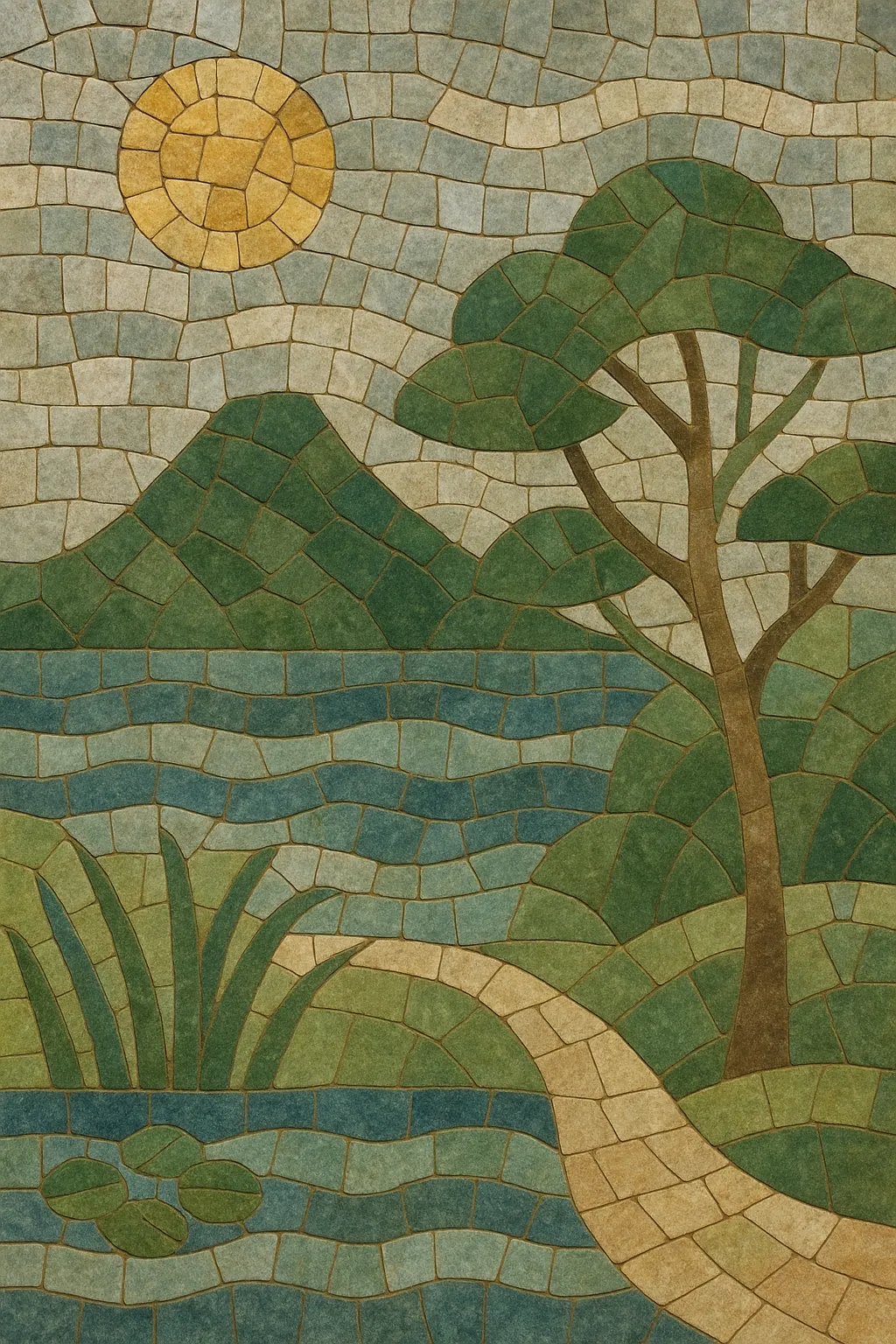Kankyō ongaku (literally “environmental music”) is a Japanese approach to ambient and functional music that blossomed in the 1980s. It is designed to harmonize with a space rather than dominate it, emphasizing unobtrusive, contemplative soundscapes that enhance architecture, interiors, and everyday life.
Sonically, it blends gentle synthesizer pads, delicate mallet percussion (marimba, vibraphone), airy woodwinds or shakuhachi timbres (often sampled), and field recordings of water, wind, birds, and room tone. Minimal, slowly evolving patterns and long sustains invite careful listening while remaining suitable as non-intrusive background music.
Compared with Western ambient and new age, kankyō ongaku is often more architectural and site-conscious, shaped by commissions for galleries, retailers, and public environments. Its aesthetic balances warmth and clarity, precision and softness, with a focus on texture, spatial imaging, and calm.
Japan’s rapid urban development and refined hi‑fi culture fostered a need for music that could enhance built environments—stores, museums, offices, and homes. Drawing on Western ambient’s premise of music that can be “as ignorable as it is interesting,” minimalist composition, easy listening’s functional role, and Japanese traditions of spatial sensitivity (from gagaku to garden soundscapes), composers began crafting works explicitly for spaces rather than stages.
The genre crystallized in the 1980s through albums intended for specific contexts: Hiroshi Yoshimura’s Music for Nine Post Cards and Green, Satoshi Ashikawa’s Still Way (Wave Notation 2), Haruomi Hosono’s commissioned “MUJI BGM” series, and Yoshio Ojima’s and Takashi Kokubo’s lush environmental sets. Midori Takada’s percussion-led works (solo and with Mkwaju Ensemble) added organic timbres and ritualistic pulses. Labels, department stores, and design-forward companies (e.g., MUJI, Shiseido) commissioned recordings as part of holistic brand and spatial concepts.
Technologies such as the Yamaha DX7, Roland Juno series, early digital reverbs, and high-quality Japanese cassette/CD manufacturing shaped the genre’s glassy, refined timbres and immaculate stereo imaging. Field recordings and tape techniques further anchored music to place and atmosphere.
After Japan’s economic bubble burst and pop trends shifted, many titles went out of print, living on as cult artifacts. In the 2010s, reissue labels and online communities revived interest, culminating in widely acclaimed anthologies (e.g., 2019’s “Kankyō Ongaku: Japanese Ambient, Environmental & New Age Music 1980–1990”). The rediscovery revealed the genre’s lasting influence on vaporwave-adjacent aesthetics, chillwave, and modern lo‑fi scenes.
Kankyō ongaku’s legacy is the idea of sound as environmental design: music that is sensitive to time of day, material surfaces, and human activity. Its restrained beauty, attention to texture, and spatial awareness continue to guide ambient, installation, retail, and media composers worldwide.


